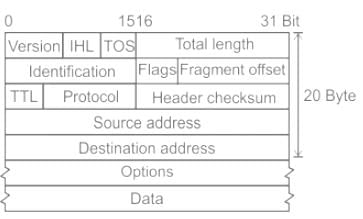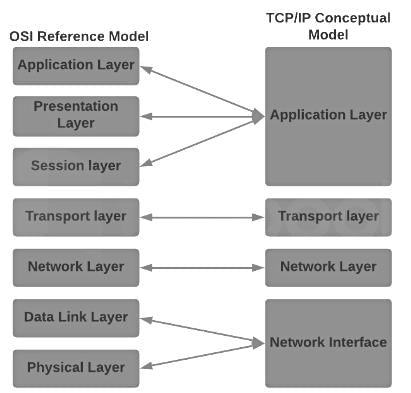Computer Science Engineering (CSE) Exam > Computer Science Engineering (CSE) Tests > Question Bank for GATE Computer Science Engineering > TCP (Transmission Control Protocol) - Computer Science Engineering (CSE) MCQ
TCP (Transmission Control Protocol) - Computer Science Engineering (CSE) MCQ
Test Description
10 Questions MCQ Test Question Bank for GATE Computer Science Engineering - TCP (Transmission Control Protocol)
TCP (Transmission Control Protocol) for Computer Science Engineering (CSE) 2025 is part of Question Bank for GATE Computer Science Engineering preparation. The TCP (Transmission Control Protocol) questions and answers have been
prepared according to the Computer Science Engineering (CSE) exam syllabus.The TCP (Transmission Control Protocol) MCQs are made for Computer Science Engineering (CSE) 2025 Exam. Find important
definitions, questions, notes, meanings, examples, exercises, MCQs and online tests for TCP (Transmission Control Protocol) below.
Solutions of TCP (Transmission Control Protocol) questions in English are available as part of our Question Bank for GATE Computer Science Engineering for Computer Science Engineering (CSE) & TCP (Transmission Control Protocol) solutions in
Hindi for Question Bank for GATE Computer Science Engineering course. Download more important topics, notes, lectures and mock
test series for Computer Science Engineering (CSE) Exam by signing up for free. Attempt TCP (Transmission Control Protocol) | 10 questions in 30 minutes | Mock test for Computer Science Engineering (CSE) preparation | Free important questions MCQ to study Question Bank for GATE Computer Science Engineering for Computer Science Engineering (CSE) Exam | Download free PDF with solutions
TCP (Transmission Control Protocol) - Question 1
Which of the following is false with respect to TCP?
Detailed Solution for TCP (Transmission Control Protocol) - Question 1
TCP (Transmission Control Protocol) - Question 2
TCP process may not write and read data at the same speed. So we need __________ for storage.
Detailed Solution for TCP (Transmission Control Protocol) - Question 2
Detailed Solution for TCP (Transmission Control Protocol) - Question 3
TCP (Transmission Control Protocol) - Question 4
In segment header, sequence number and acknowledgement number fields refer to _______
Detailed Solution for TCP (Transmission Control Protocol) - Question 4
TCP (Transmission Control Protocol) - Question 5
Bytes of data being transferred in each connection are numbered by TCP. These numbers start with a _________
Detailed Solution for TCP (Transmission Control Protocol) - Question 5
Detailed Solution for TCP (Transmission Control Protocol) - Question 6
TCP (Transmission Control Protocol) - Question 7
The field in IPv4 datagram that is not related to fragmentation is
Detailed Solution for TCP (Transmission Control Protocol) - Question 7
TCP (Transmission Control Protocol) - Question 8
Which of the following layer is NOT part of TCP/IP model
Detailed Solution for TCP (Transmission Control Protocol) - Question 8
Detailed Solution for TCP (Transmission Control Protocol) - Question 9
TCP (Transmission Control Protocol) - Question 10
Consider the following statements.
I. TCP connections are full duplex
II. TCP has no option for selective acknowledgment
III. TCP connections are message streams
Detailed Solution for TCP (Transmission Control Protocol) - Question 10
|
73 videos|8 docs|165 tests
|
Information about TCP (Transmission Control Protocol) Page
In this test you can find the Exam questions for TCP (Transmission Control Protocol) solved & explained in the simplest way possible.
Besides giving Questions and answers for TCP (Transmission Control Protocol), EduRev gives you an ample number of Online tests for practice
|
73 videos|8 docs|165 tests
|
Download as PDF





















